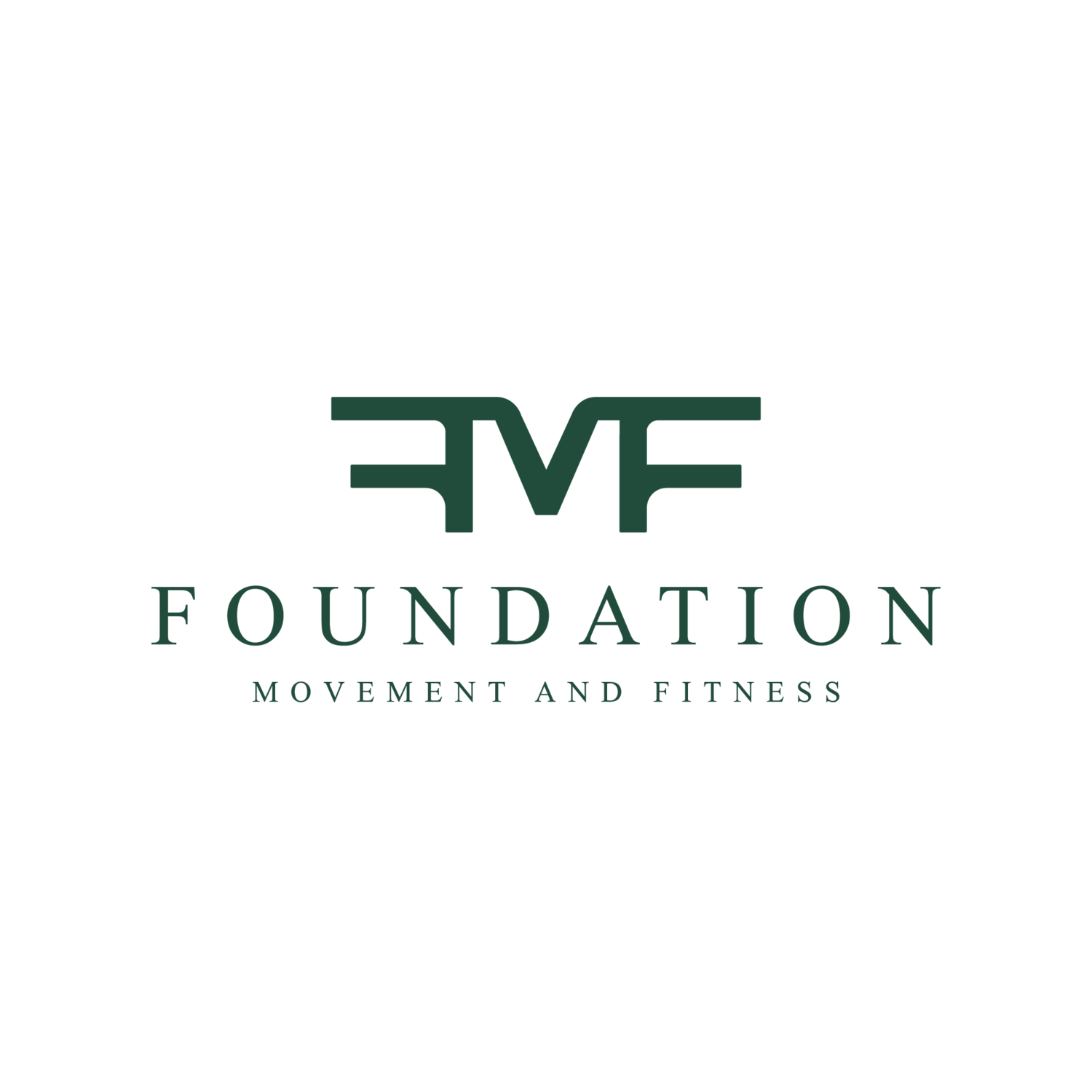These days, it seems like everybody and their uncle is trying to sell you good health.
“Lose weight fast!” “Regain your strength and energy now!” “Look 10 years younger in 10 days!”
Sound familiar? These ads beg for your attention in print, on TV, online, through email, and via your social media feeds. This type of promotion is screaming at you to notice, and it’s promising you good health—NOW!
But the truth is, real good health doesn’t come in a bottle, a 10-day program, or a quick-fix solution (“only three easy payments of $49.95!”). Real good health comes from some simple self-care and pre-emptive behaviors – the sooner and more consistent the better. Admittedly, this sometimes costs money; but trust me, it’s money well spent.
Don’t believe me? Here are three examples of how investing in preventive care is more beneficial than waiting for health problems to escalate.
Supplements.
Let’s get one thing straight: supplements are not medicine. While they won’t necessarily cure an illness or disease, they do boost nutrients the body needs – and that could prevent an illness or disease from occurring in the first place. After all, once you’re sick or develop a condition, it costs you time, money and effort trying to cure it, which is certainly no fun.
The truth is, the right supplements at the right time can ward off many ills. For example, adding vitamin C, D and zinc to your diet can boost the immune system, potentially preventing colds, flu and (some believe) even COVID-19.
Yes, supplements do involve money, but the payoff can far outweigh the price tag. The key is to only take the supplements your body needs. Do your research, and heed the advice of a trusted healthcare practitioner before buying.
Movement.
So many health problems can be avoided by incorporating more movement into our lives. And while most people know about the importance of exercise to their overall health, movement isn’t just about exercise.
Did you know that certain movements can prevent and even eliminate neck, shoulder and wrist pain? It’s very common for people who sit in front of a computer all day for work to have pain and stiffness in these areas. That’s because their posture falls out of alignment, and the muscles that are supposed to be supporting them become weak. This forces other muscles take over, and before long, everything hurts.
However, a few simple movements can ease a stiff neck, shoulders, and wrists. Sitting at your desk, bring your left ear toward your left shoulder, stretching the right arm out straight. Spread the fingers of your right hand and move the hand in a windshield wiper motion back and forth as you stretch out the right side of your neck and shoulder. Continue for 30 seconds to a minute. Bet you feel less tension and more relaxed in just that short amount of time.
Click this link to my quick full body movement flow! Follow along for a full body release.
The body craves movement, and unfortunately, many of us spend so much time sitting that we often don’t get enough of it – even if we exercise regularly. If we don’t move our bodies enough, they will tell us. The trick is to add that movement back in before our bodies start screaming at us and serious medical intervention seems like the only solution.
Rest.
Most people underestimate the importance of rest in being a healthy, happy human. A great majority of us are inclined to hit the ground running in the morning and power through the day with few or no stops before we crash at the end of the day. This leads to excess stress levels, which leads to inflammation, which leads to chronic illness. It’s a bad formula.
In reality, rest is more than just getting enough sleep at night – which in itself is becoming a lost value in our culture. Short, regular periods of rest during the day are what sustain us and allow us to perform at our peak, rather than run on empty. Rest fills us up and is vital to productivity. We should all be resting for 20 minutes every 90 to 120 minutes during the day, taking what is known as ultradium rhythm breaks that allow us to recharge and return to work with renewed energy.
What does rest during the day look like? Maybe it’s a power nap, a walk around the block, a dance break, a phone conversation with someone who makes you laugh. It’s less important what you do than actually doing it – separating from your work completely for short bouts of time so you fill up your well and keep your health and sanity.
The best part about rest? It costs you nothing!
“Investing in your health earlier rather than later is smarter and more effective than falling prey to the many false promises that target consumers today. By focusing on preventive care such as supplements, movement and rest, you can pre-empt or reverse many health issues and set yourself up to live a long, happy life that inspires others to do the same.”
Feel free to reach out with any questions, we’d love to connect with you!
As always, if you feel like you would like to work with us at FMF and improve your posture and movement and become pain free, send us an email or DM on instagram or just book yourself a consult on our website!
Thanks so much for learning with us this week and moving, resting, or playing!
Your FMF Team
Written by Carrie Rossenfeld


